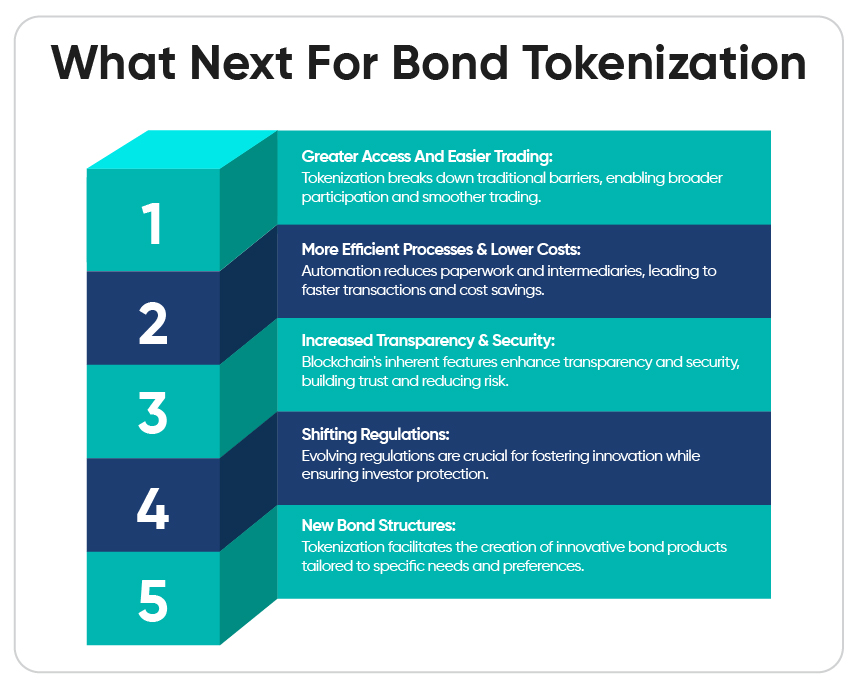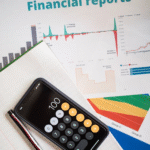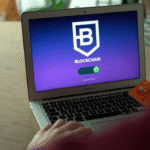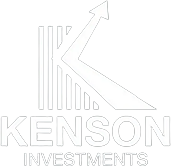The fixed-income market, traditionally characterized by its stability and predictability, is undergoing a transformative shift with the advent of tokenized bonds. By leveraging blockchain technology, tokenized bonds are poised to revolutionize fixed-income investing by enhancing liquidity, reducing settlement times, and broadening access to financial instruments that were once exclusive.
Understanding Tokenized Bonds
Tokenized bonds are digital representations of traditional debt securities issued and managed on blockchain platforms. This process involves converting the rights and ownership of a bond into a digital token, which can then be traded on blockchain networks. These tokens confer the same financial rights as their traditional counterparts, including interest payments and principal repayment, but offer additional advantages inherent to blockchain technology.
Key Features of Tokenized Bonds:
- Fractional Ownership:Investors can purchase smaller portions of a bond, lowering the barrier to entry and enabling participation from a more diverse investor base.
- Enhanced Liquidity:Blockchain facilitates faster and more accessible trading, even on secondary markets, thereby increasing the liquidity of bond assets.
- Transparency and Security:The immutable nature of blockchain ensures that all transactions are securely recorded and visible to authorized participants, reducing the risk of fraud and enhancing trust.
Enhancing Liquidity in Fixed-Income Markets
Liquidity has long been a challenge in fixed-income markets, with traditional bonds often requiring significant capital commitments and being subject to lengthy settlement periods. Tokenized bonds address these issues by enabling fractional ownership, allowing investors to buy and sell smaller portions of bonds. This democratization opens the market to a broader range of participants, including retail investors who previously may not have had the means to invest in high-denomination bonds.
Moreover, the digitization of bonds streamlines the trading process. Traditional bond trading can be cumbersome, involving multiple intermediaries and extended timelines. In contrast, tokenized bonds can be traded on blockchain platforms with near-instantaneous settlement, significantly enhancing market liquidity. This efficiency not only benefits investors by providing quicker access to funds but also contributes to more dynamic and responsive fixed-income markets.
Reducing Settlement Times
Settlement times in traditional bond markets typically span several days, during which the involved parties are exposed to counterparty risk. The integration of blockchain technology in bond issuance and trading can reduce settlement periods to near real-time, a concept known as T+0 settlement. This rapid settlement process minimizes counterparty risk and enhances the overall efficiency of the market.
For instance, the European Union has proposed reducing the settlement cycle for securities to one day (T+1) by October 2027, aiming to align with global standards and improve market efficiency. While this is a significant improvement, blockchain technology offers the potential for even faster settlements, positioning tokenized bonds as a forward-looking solution in the evolution of financial markets.
Broadening Access to Fixed-Income Investments
Historically, bond markets have been dominated by institutional investors, with high entry thresholds limiting participation from smaller investors. Tokenization lowers these barriers by allowing for fractional ownership, enabling individuals to invest in portions of bonds rather than requiring large capital outlays for whole securities. This inclusivity not only democratizes access to fixed-income investments but also diversifies the investor base, contributing to market resilience.
Additionally, tokenized bonds can be traded on a variety of blockchain platforms, providing investors with greater flexibility and access to global markets. For example, an Abu Dhabi-based firm launched a tokenized U.S. Treasuries fund, allowing investors worldwide to gain exposure to U.S. government debt through digital tokens. This innovation exemplifies how tokenization can bridge geographical gaps and offer investment opportunities to a broader audience.
Market Growth and Future Outlook
The tokenized bond market is experiencing rapid growth. Projections indicate that the market could reach $1 trillion by 2028, reflecting a substantial increase from current levels. This growth is driven by the advantages of tokenization, including enhanced liquidity, reduced settlement times, and broader investor access.
Major financial institutions are recognizing the potential of tokenized bonds. Asset managers like Janus Henderson have entered the space, managing funds that invest in short-term U.S. Treasury bills and converting units into digital tokens on blockchain platforms. This move signifies a strategic positioning for future financial market structures that could be significantly shaped by distributed ledger technology.
Furthermore, the integration of tokenized bonds with Central Bank Digital Currencies (CBDCs) could streamline the issuance and trading processes, enhancing efficiency and reducing reliance on intermediaries. As regulatory frameworks evolve to accommodate digital assets, the adoption of tokenized bonds is poised to accelerate, offering a more dynamic and inclusive fixed-income market.
Challenges and Considerations
While the benefits of tokenized bonds are compelling, several challenges must be addressed to realize their full potential:
- Regulatory Uncertainty:The regulatory environment for digital assets is still developing. Clear and consistent regulations are necessary to provide legal certainty for issuers and investors.
- Technological Integration:Implementing blockchain solutions requires significant technological infrastructure and expertise. Financial institutions must invest in systems that can securely and efficiently handle digital tokens.
- Market Acceptance:Traditional investors may be hesitant to adopt new technologies. Education and demonstration of the benefits of tokenized bonds are essential to gain widespread acceptance.

Engaging with a digital asset strategy consulting firm can assist institutions in navigating these challenges by providing expertise in blockchain integration, regulatory compliance, and market strategy.
Empower Your Financial Knowledge with Kenson Investments
Discover a world of financial insights with Kenson Investments. Our resources break down complex topics into easy-to-understand information, helping you stay informed and confident in your financial journey. Ready to learn on the go? Download our app and start exploring today!
Disclaimer: The information provided on this page is for educational and informational purposes only and should not be construed as financial advice. Crypto currency assets involve inherent risks, and past performance is not indicative of future results. Always conduct thorough research and consult with a qualified financial advisor before making investment decisions.
“The crypto currency and digital asset space is an emerging asset class that has not yet been regulated by the SEC and US Federal Government. None of the information provided by Kenson LLC should be considered as financial investment advice. Please consult your Registered Financial Advisor for guidance. Kenson LLC does not offer any products regulated by the SEC including, equities, registered securities, ETFs, stocks, bonds, or equivalents”
















